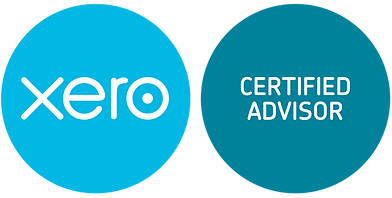A sales presentation is an excellent opportunity but it can feel very daunting. However, practice and thorough preparation can go a long way to calming your nerves. If the thought of trying to sell to a room full of people causes you to break out in a cold sweat, then we’ve got eight easy tips for you to prepare an excellent presentation.
1. Identify Your Objective
The first step to preparing a sales presentation is knowing what you want to achieve. Is your main goal to differentiate yourself from competitors, provide training, generate interest or make a sale? Your objective lays the foundation for the rest of your plans, so take some time to carefully consider this.
2. Get Clear on Your Audience
Who will be watching your presentation? The more you know about them, the more equipped you will be to prepare a fantastic sales presentation. Understanding your audience’s problems, aspirations, possible objections and current level of knowledge will allow you to create a presentation that really appeals to them.
3. Work Out Your Timing
Make sure that you know exactly how much time you will have available to avoid being cut off or having to improvise in order to fill a long, awkward silence.
If your presentation is going to be long, then make sure to keep things snappy and insert breaks if necessary to ensure that your audience doesn’t lose focus. Rather than talking nonstop, you could make use of video material or involve your audience in discussion.
4. Create a Logical Structure
Make sure that your presentation follows a logical order. Remember that audiences retain the most information from the introduction and conclusion of your presentation, so make sure to ensure that these sections are the best they can be.
It’s also worth creating a structure that allows you to be flexible, in case of last minute time changes. There’s nothing worse than getting thrown off by these sorts of adjustments!
5. Focus on Benefits, Not Features
Your presentations should focus heavily on the benefits that your product or service will provide your particular audience, rather than the product or service itself. Encourage your audience to imagine the impact that what you’re selling will have on their lives. Be sure to back up your arguments with facts and evidence. It’s a good idea to do this using graphs and infographics.
6. Use Visual Aids
Visual aids can help to strengthen your message and help your audience to retain information. Remember that some learners are aural whilst others are visual, so this kind of material will help you to reinforce your point. On top of this, aesthetically pleasing visual aids will keep your audience interested and engaged. However, be careful not to overuse visual aids or else they may prove distracting.
7. Prepare Notecards
Don’t read from a script, but it’s a good idea to make brief notes on notecards for prompts. These notecards help to keep you on track and ensure you don’t forget anything, whilst ensuring that your presentation sounds natural and engaging. If you rehearse enough, you may not need these cards at all but it’s a good idea to keep them handy just in case you do find yourself in need of a prompt.
8. Don’t Forget About Body Language
Often, you may find that you get so caught up in remembering your words that you forget about the importance of body language. However, Albert Mehrabian found that 93% of communication is nonverbal so remember to practice positive body language, too.
Projecting energy and confidence will make your presentation much more appealing to your audience, so don’t fold your arms, pace or put your hands in your pockets. Practice standing tall, making eye contact with your audience and, most importantly, smiling.
Summary
Thorough preparation is the key to delivering an excellent sales presentation, so prepare in advance and allow yourself plenty of time to practice. It’s natural to be nervous on the day, but following the above advice can make the process far less nerve wracking and allow you to sail through with ease.


